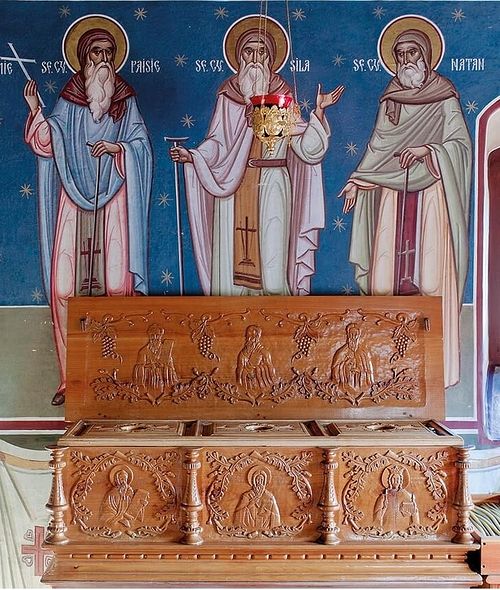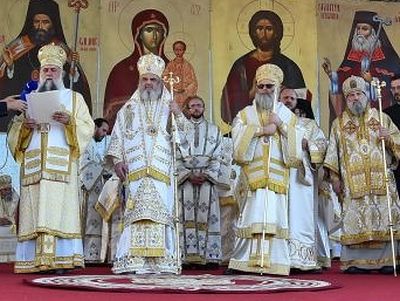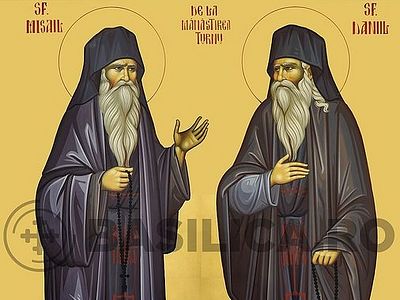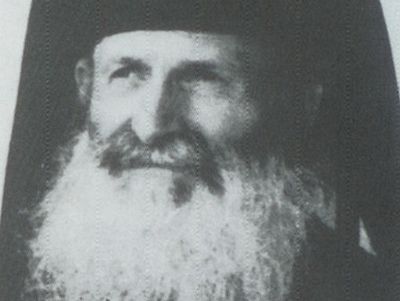Moscow, May 11, 2017
On May 20, 2016 the local Synod of Moldova and Bucovina approved the proposed canonizations of Metropolitan Jacob Putneanul of Moldova, and the Venerable Fathers Silas, Nathan, and Paisios of Sihăstria Putnei Monastery. Then the Holy Synod of the Romanian Orthodox Church adopted the same resolution at its June 6 session. The official proclamation of these four God-pleasers will take place on May 14 this year at Putna Monastery in Suceava County.
Ahead of their official glorification ceremony, Doxologia.ro has recounted the finding of their relics in 1990.
The fathers of Putna Monastery began restoring the Sihăstria Putnei Hermitage on April 24, 1990, after 200 years of closure. It was on this day that they found the relics of the Venerable Fathers Silas, Nathan, and Paisios. The tomb of the holy ascetic Silas was discovered first, on the right side of the hermitage church, with the inscription, “Here lie the bones of Hieroschemamonk Silas, who left this world on April 23, 1783.” His bones were found, yellow and beautiful underground.
The tomb of St. Paisios was placed on the same side, next to the nave, with the inscription, “Here lie the bones of the servant of God Hieroschemamonk Paisios, who departed this world in 17…” His bones were also found to be yellow and fragrant.
The bones of St. Nathan were also discovered inside the church.
With the blessing of the Romanian Holy Synod, the crypt of St. Jacob Putneanul was opened on June 15, 2016. His bones were found to have a ruddy color, considered a sign of holiness and perfection in the Lord. St. Jacob was buried simply and humbly, wearing only his monastic garments and a simple silver cross, despite bearing the episcopal dignity of a metropolitan during his life. Thus he went to the grave in the same spirit of humility that characterized his entire life.
***
Metropolitan Jacob (1719-1778) was the most distinguished bishop and pastor of the Moldovan Church of the eighteenth century. In 1731 he entered into the monastic ranks at Putna Monastery, being elected abbot in 1744. He served as Bishop of Radauti from 1745 to 1750, and of Moldova from 1750 to 1760, during which time he labored tirelessly to increase the spiritual level of his flock, printing spiritual literature for all ages and establishing spiritual schools. In 1760 he retired again into monastic simplicity for the remaining eighteen years of his life
The holy fathers of Sihăstria lived in the eighteenth century and labored at Sihăstria Putnei during a time of great spiritual flowering. Burning with love for God and silent prayerful contemplation, St. Silas served as abbot from 1753 to 1781 and oversaw the founding of the Church of the Annunciation; St. Nathan served from 1781 to 1784 during a time when many monasteries of the region were being abolished; and St. Paisios, a spiritual child of St. Nathan, labored as a fervent defender of Orthodoxy and clairvoyant guide for countless souls, falling asleep on December 16, 1784.






